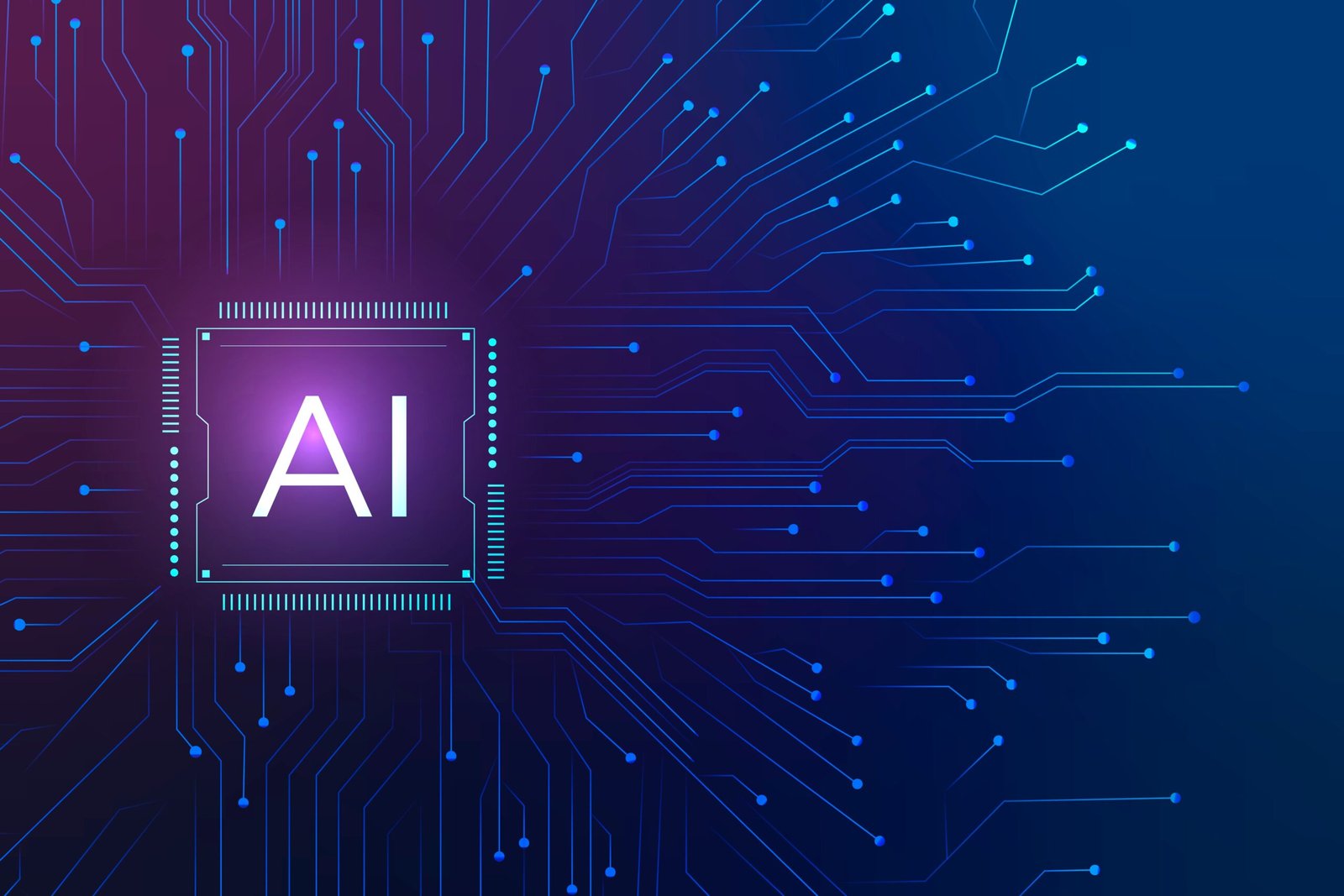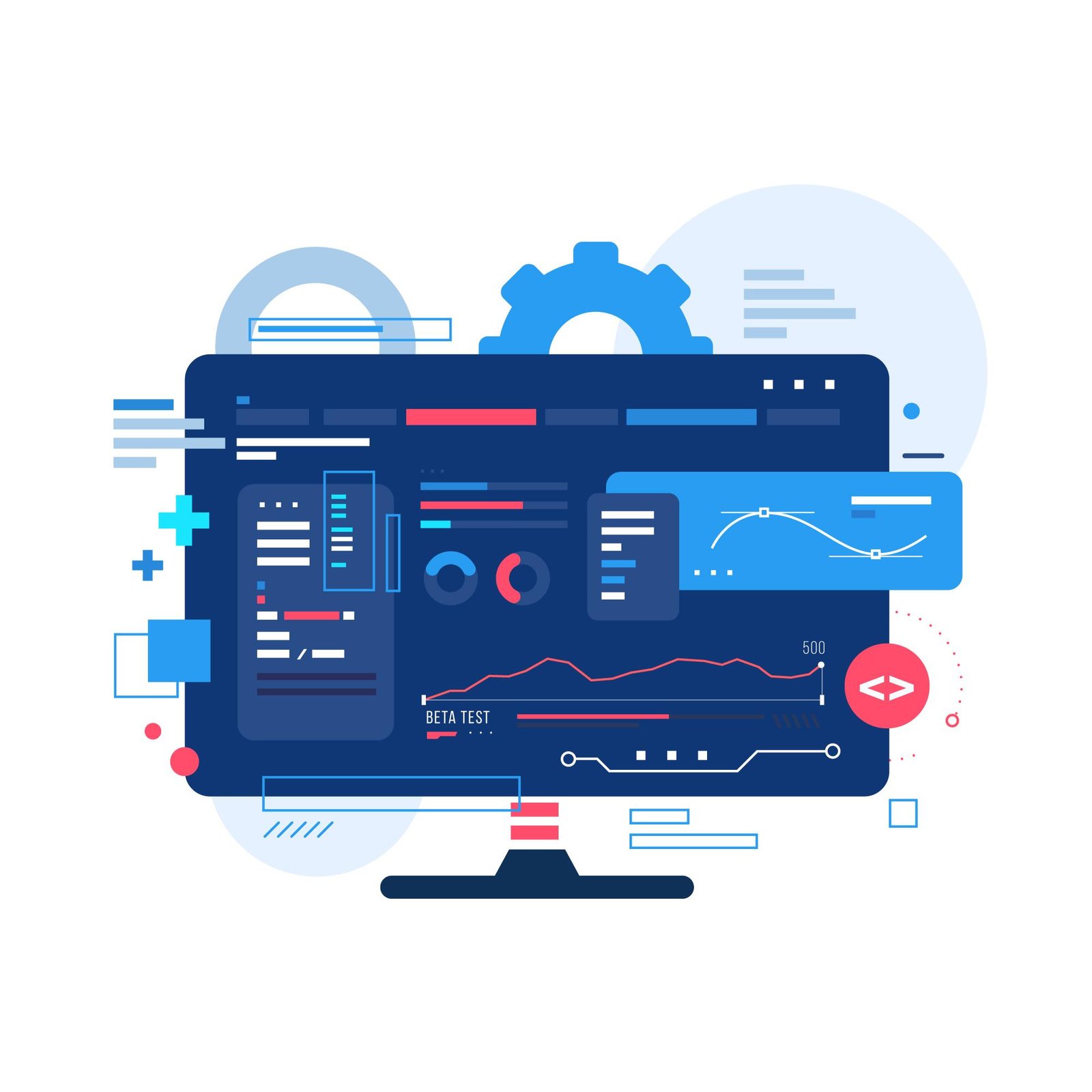The impact of Artificial Intelligence (AI) extends far beyond traditional applications, revolutionizing how we approach STEM (Science, Technology, Engineering, and Mathematics) education. As industries increasingly prioritize tech-savvy employees, integrating AI into STEM curricula prepares students to enter a workforce where AI-driven tools and methodologies are essential. This article explores how AI in education is transforming STEM learning, the innovative tools supporting these changes, and the new opportunities for educators and students alike.
The Role of AI in STEM Education
AI is reshaping the educational landscape, particularly in STEM fields, by offering personalized learning experiences, enhancing access to resources, and preparing students for future roles in tech-heavy industries. AI in education brings an adaptive approach to traditional STEM curricula, ensuring students can learn at their own pace, receive customized feedback, and access resources that enhance their understanding of complex concepts.
Personalized Learning Pathways
AI-powered platforms have the unique capability to assess each student’s strengths, weaknesses, and learning preferences. Tools like adaptive learning software analyze student performance in real-time, tailoring the curriculum to their needs. For example, if a student struggles with a specific math concept, the AI system can identify the difficulty and provide targeted resources, practice exercises, or explanations to reinforce understanding.
Enhancing Accessibility in Education
AI in education plays a crucial role in improving access for students with varying learning needs and disabilities. Text-to-speech programs, predictive typing, and language translation tools help break down barriers that might otherwise hinder a student’s ability to participate fully in STEM subjects. AI applications can adjust their level of difficulty or focus, making it easier for students with learning disabilities or language barriers to engage with complex STEM content.
The Benefits of AI-Driven Learning Tools
AI has introduced a suite of tools that make STEM education more interactive, accessible, and comprehensive. Whether through AI-driven simulations, tutoring bots, or virtual labs, students have more options to explore STEM subjects deeply and interactively.
Virtual Labs and Simulations
Virtual labs provide students with hands-on learning experiences without the limitations of physical labs. AI-powered virtual labs and simulations allow students to conduct experiments, solve real-world engineering problems, or visualize complex scientific processes. This access to digital experimentation broadens students’ understanding and enables them to practice skills they may not have the resources for in a traditional classroom.
AI Tutoring Bots
AI tutors, or intelligent tutoring systems, can support students by answering questions, providing explanations, and offering encouragement. Available 24/7, these bots give students instant feedback and guidance outside of classroom hours. This accessibility is particularly valuable in STEM fields, where students often encounter challenging concepts that require practice and repetition.
Enhanced Data Analysis Skills
AI in education introduces students to data analytics, a critical skill in today’s job market. Through tools like AI-powered data visualization software, students learn to organize and interpret data, gaining insights into patterns and trends that can drive scientific and engineering breakthroughs. By analyzing real-world data sets, students practice skills that will be crucial as they enter a data-rich workplace.
How AI is Preparing Students for the Workforce
Preparing students for a workforce where technology is continuously evolving means equipping them with the skills to innovate and adapt. AI in education fosters the development of core competencies, including critical thinking, problem-solving, and coding, that are essential in STEM careers.
Emphasis on Computational Thinking and Coding
As AI tools become ubiquitous in STEM fields, understanding how to work with AI is essential. Through AI-infused STEM programs, students develop computational thinking, learning to solve complex problems by breaking them down into manageable steps. Additionally, coding is increasingly part of STEM curricula, as AI and machine learning rely on programming knowledge. Familiarity with coding languages and AI algorithms helps students build a foundation for tech-heavy careers in fields like engineering, data science, and software development.
Encouraging Collaborative Problem-Solving
AI in education also supports collaboration by facilitating teamwork through virtual platforms and AI-driven collaborative tools. Whether students are working together on a data analysis project or engaging in a virtual experiment, AI tools make remote collaboration seamless. As many modern STEM careers require cross-functional teamwork, these early experiences help students develop the collaborative skills they’ll need in the future.
Building Ethical and Responsible AI Awareness
As AI tools become more integrated into education, understanding the ethical implications of AI is increasingly vital. STEM curricula that include discussions on the ethical uses of AI prepare students to consider the societal impact of AI technology, encouraging responsible and ethical use. Topics like data privacy, algorithmic bias, and transparency are essential for students who may eventually design or work with AI systems in their careers.
The Role of Educators in an AI-Enhanced Classroom
The role of educators evolves alongside AI integration, as they shift from traditional teaching methods to those that leverage AI’s capabilities. Teachers now act as guides, helping students navigate the AI-driven learning tools at their disposal and interpret AI-generated feedback.
AI-Assisted Professional Development
AI-powered professional development platforms allow teachers to continuously refine their skills in STEM fields. These platforms provide tailored training resources, helping teachers stay current with evolving technology and teaching methodologies. As educators gain proficiency with AI tools, they can better incorporate these resources into their classrooms, making STEM education more relevant and impactful.
A New Focus on Student Assessment
AI in education is also transforming how student assessments are conducted. Instead of relying solely on periodic exams, AI tools provide continuous, formative feedback that helps teachers track student progress in real time. This constant assessment allows educators to make informed decisions about when students need additional support or more advanced material, making the learning process more responsive to individual needs.
The Future of STEM Education with AI
The integration of AI in education represents a paradigm shift that not only enhances the learning experience but also prepares students for future careers in STEM fields. As AI-driven tools become more sophisticated, STEM curricula will continue to evolve, incorporating new methodologies and real-world applications that make learning engaging and relevant.
The growing presence of AI in education has sparked an ongoing transformation in STEM, making it more accessible, personalized, and aligned with future job market demands. As these changes unfold, students and educators alike will have unparalleled opportunities to explore the power of AI, ultimately fostering a new generation of tech-literate, innovation-minded individuals prepared for the challenges and opportunities of tomorrow.
By embracing AI, STEM education becomes not just a pathway to knowledge but a foundation for the technological advancements that will shape the next generation.



